The Ultimate Guide to Purchasing Akoya Pearls

Akoya pearls are popular among jewelry enthusiasts due to their stunning beauty and timeless elegance. However, as with any high-end purchase, there are potential pitfalls to avoid and essential factors to consider. One of the main issues buyers may encounter when purchasing Akoya pearls is the difficulty in determining their quality, authenticity, and value. With proper knowledge and research, buyers may avoid ending up with a subpar product or paying more than necessary for their pearls.
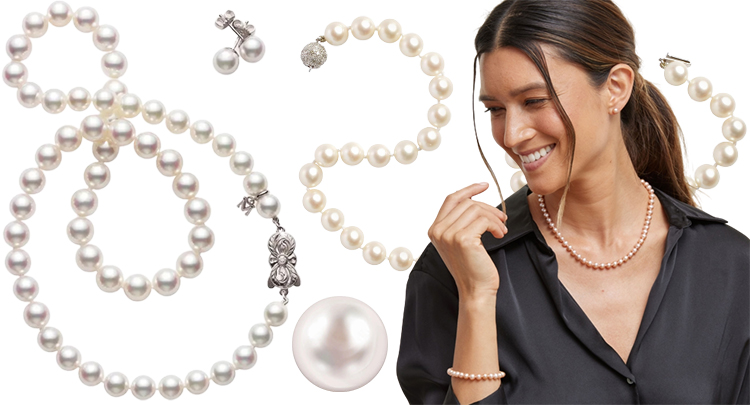
The good news is that by educating yourself on what to look for when purchasing Akoya pearls, you can make an informed and confident decision. This article provides tips on how to avoid these issues when buying Akoya pearls by evaluating their quality and value, selecting a reputable retailer, and making an informed purchase for a beautiful and long-lasting investment.
Understanding Akoya Pearls

Akoya pearls are a type of saltwater pearl that originate from the Akoya oyster. They are highly valued for their lustrous appearance, round shape, and limited size range. Compared to freshwater and South Sea pearls, Akoya pearls are smaller, usually ranging from 2mm to 11mm, and have a higher luster and rounder shape.
Akoya pearls are cultured by inserting a tiny bead nucleus and a small piece of mantle tissue into the oyster. Over time, the oyster secretes nacre around the nucleus, which forms the pearl.
The resulting pearls are carefully harvested, sorted, and graded based on their quality and characteristics.
By carefully monitoring the oysters' environment and feeding them a specific diet, farmers can encourage them to produce pearls of a particular size and shape.
Unlike other saltwater pearls that take years to form, Akoya pearls grow in a shorter period, usually between 10 and 18 months. This shorter cultivation period allows for more efficient and consistent production of pearls, making them more readily available.
How to Buy Akoya Pearls?
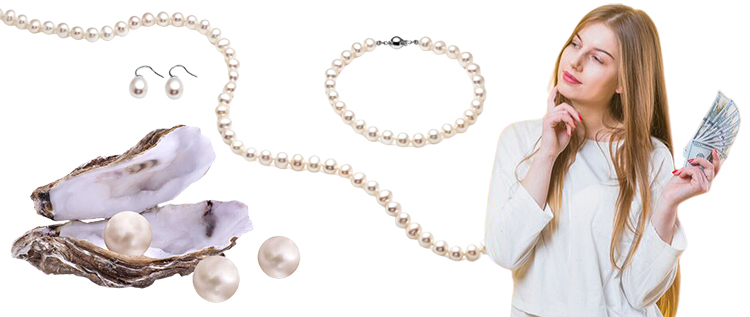
Although the process of selecting Akoya pearls can be intimidating for those without experience, it can be simplified if you understand what to look for. When selecting Akoya pearls, it is crucial to consider several factors to ensure that you choose the highest quality pearls.
Luster:

A pearl's luster refers to how it reflects light. High-quality Akoya pearls have a bright, reflective surface with a deep, mirror-like sheen. Lower-quality pearls may appear dull or have a chalky appearance.
Surface Quality:

Surface quality refers to the condition of the pearl's surface. High-quality Akoya pearls should have smooth with few or no visible blemishes such as spots, circles, pits, wrinkles, or bumps.
Size:

The size of an Akoya pearl is determined by its diameter in millimeters. Akoya pearls typically range from 6mm to 9.5mm, with larger pearls being more valuable. However, larger pearls are rarer and may be more expensive.
Color:

Akoya pearls can range from white to yellowish to light pink. The most valuable and popular color is a bright white with cream, silver, or rose overtone. However, the choice of color ultimately depends on personal preference.
Shape:

Akoya pearls can come in various shapes, including round, semi-round, baroque, and drop. Round pearls are the most desirable and valuable, while non-round pearls are generally less valuable but may be preferred for their unique and interesting shapes.
Nacre Thickness:

Nacre thickness refers to the depth and thickness of the layers of the nacre that make up the surface of the pearl. Thicker nacre generally indicates a more durable and long-lasting pearl. A thicker nacre can also give the pearl a more lustrous and iridescent appearance.
Matching:

When purchasing multiple Akoya pearls, it is essential to consider how well they match. High-quality pearls should have a consistent shape, size, color, overtone, luster, and surface quality across the set. Imperfections or differences in size or color can significantly affect the overall value of a pearl necklace or set.
Origin:
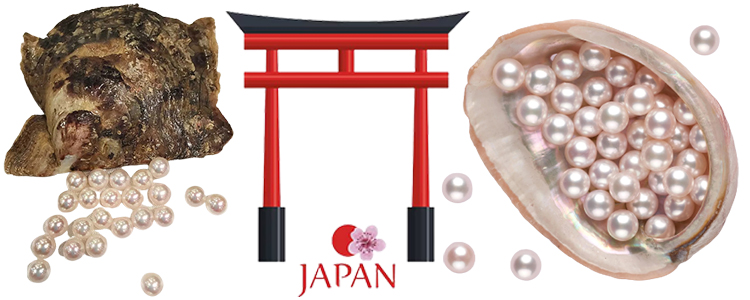
The origin of an Akoya pearl can affect its value and quality. Pearls from Japan, where Akoya pearls were first cultivated, are generally considered of higher quality and value than those from other regions.
Price:
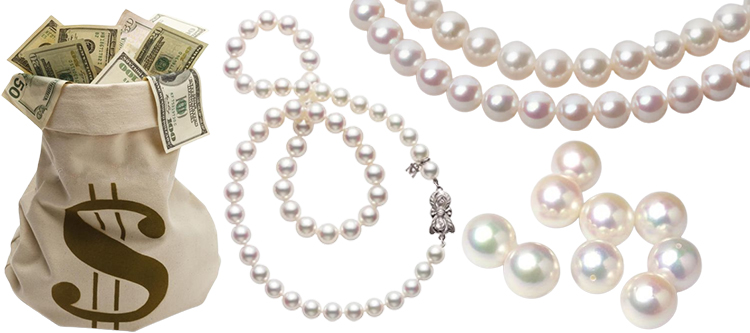
Generally, Akoya pearl strands range from $300 to over $10,000 in price. The cost of Akoya pearls can vary depending on many factors, including size, luster, surface quality, color, shape, matching, and origin.
How Much Does Akoya Pearl Cost?
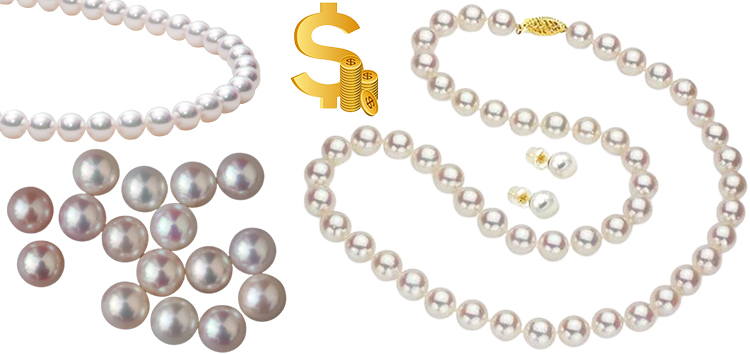
The cost of an Akoya pearl necklace can vary depending on factors such as brand, quality, and type of pearl. A classic mid-range white Akoya pearl necklace typically falls within the price range of $250 to $5000.
Read More: Akoya Pearl Buying Guide
Conclusion

When buying Akoya pearls, it's essential to prioritize high luster and smooth, blemish-free surfaces. Consider the size, shape, color, and overtones or surface markings. Purchase from a reputable dealer and ensure you receive information on origins, grading, and certification. With these factors in mind, you'll confidently choose a beautiful and valuable set of Akoya pearls that will become a treasured addition to your collection.
FAQs
What is the most important value factor of an Akoya pearl?

The most crucial value factor of an Akoya pearl is its luster. Akoya pearls are known for their high luster and reflective qualities, which give them a bright, almost mirror-like appearance. Pearls with higher luster are more desirable as they exhibit greater brightness and a more radiant gleam.
How to tell if Akoya pearls are real?
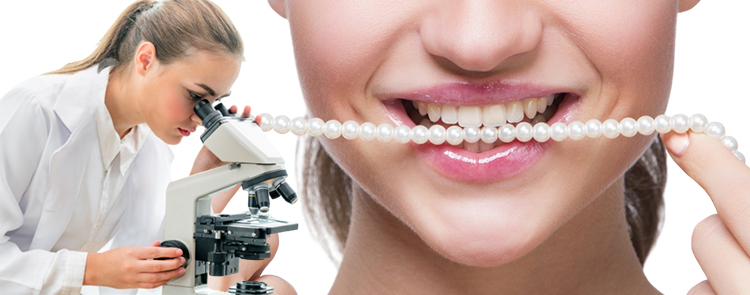
When observing Akoya pearls, look for pinprick blemishes and variations in organic conchiolin buildup, which can appear as lighter or darker areas beneath the crystal surface. Additionally, the surface nacre may exhibit small, white wrinkles, adding to the pearls' unique characteristics.
Or try a "tooth test". Rub the pearl gently against the tooth. The texture should feel gritty and rough if the pearl is natural or cultured. In contrast, a smooth texture would indicate a fake pearl. While the tooth test is a useful initial check, specialists can use specialized equipment to confirm authenticity.
Why are Akoya pearls expensive?

The exceptional beauty of Akoya pearls has led to a high demand and a significant price point. Production limitations add to their cost, as only 20% of Japanese Akoya pearls harvested meet jewelry standards, with just 5-10% meeting high-quality standards. These factors, along with others, impact the pricing of Akoya pearls.
Ready To Learn More? Visit:


+K1006+L1008-1-700x700.jpg)
+K1006+L1008-2-700x700.jpg)
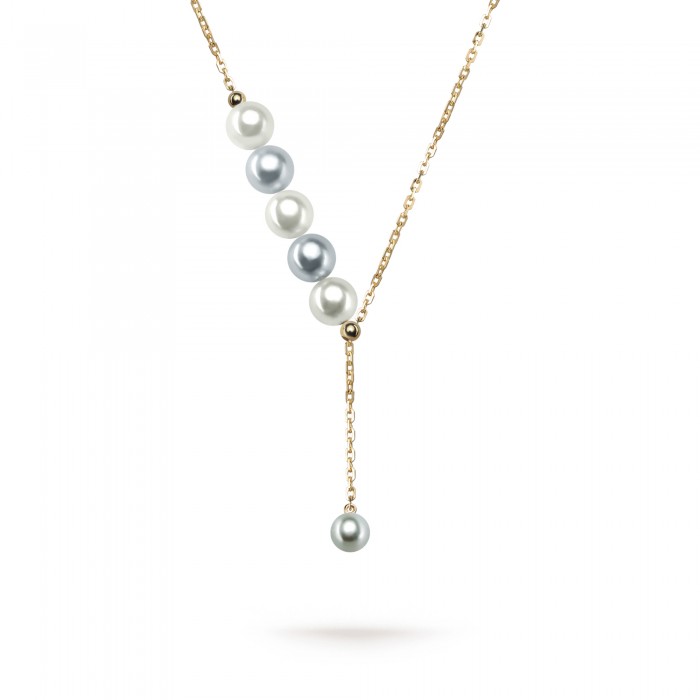
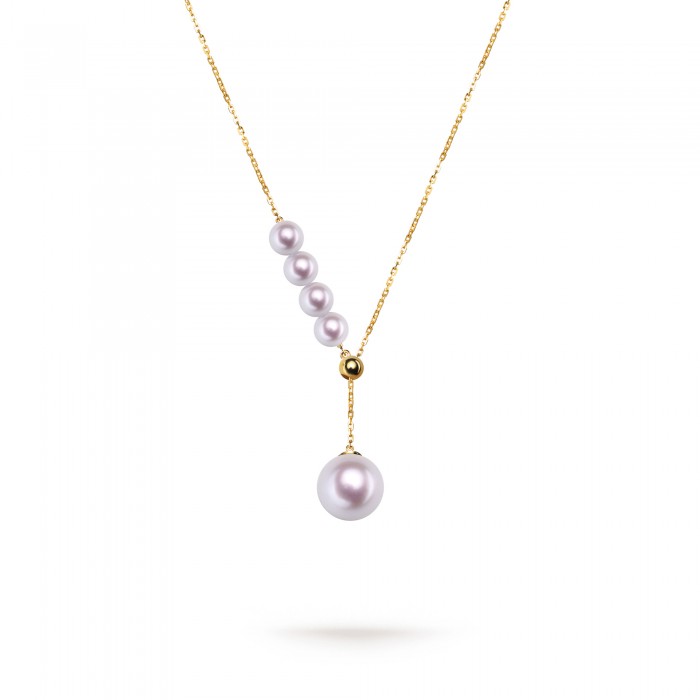
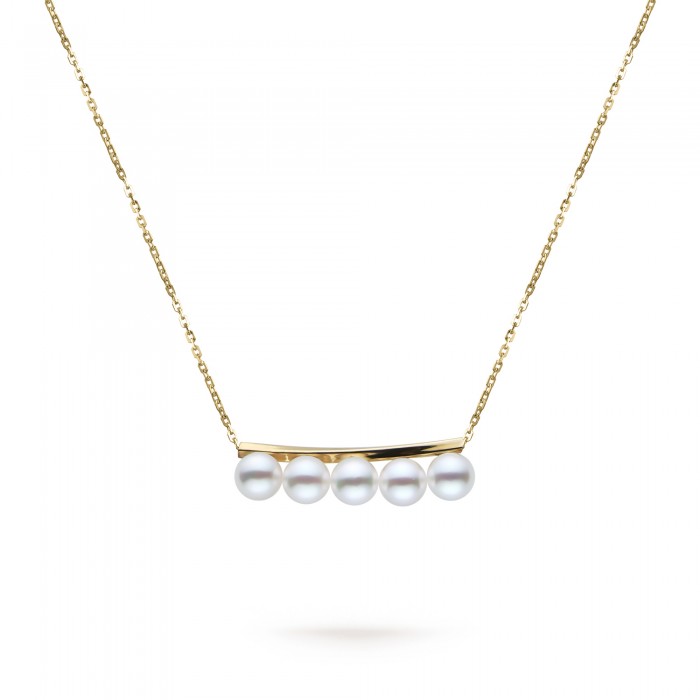
Leave a Comment